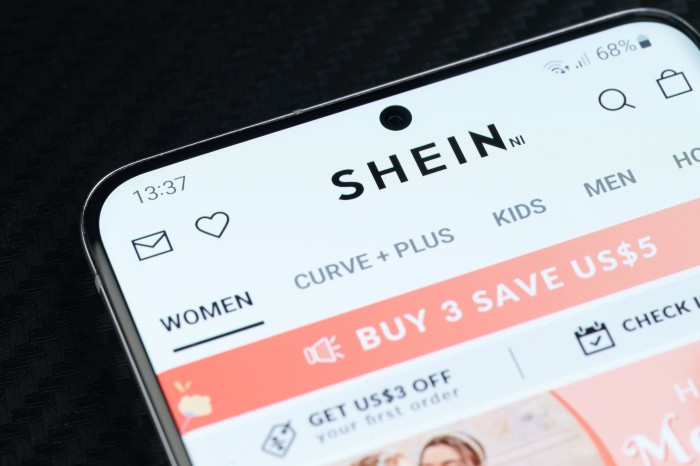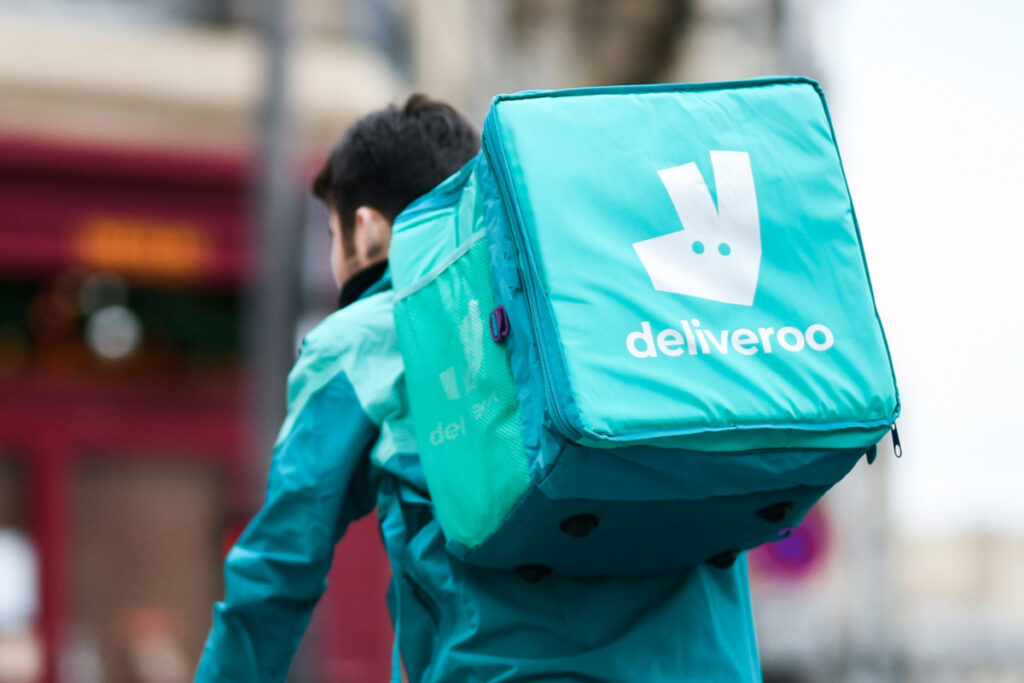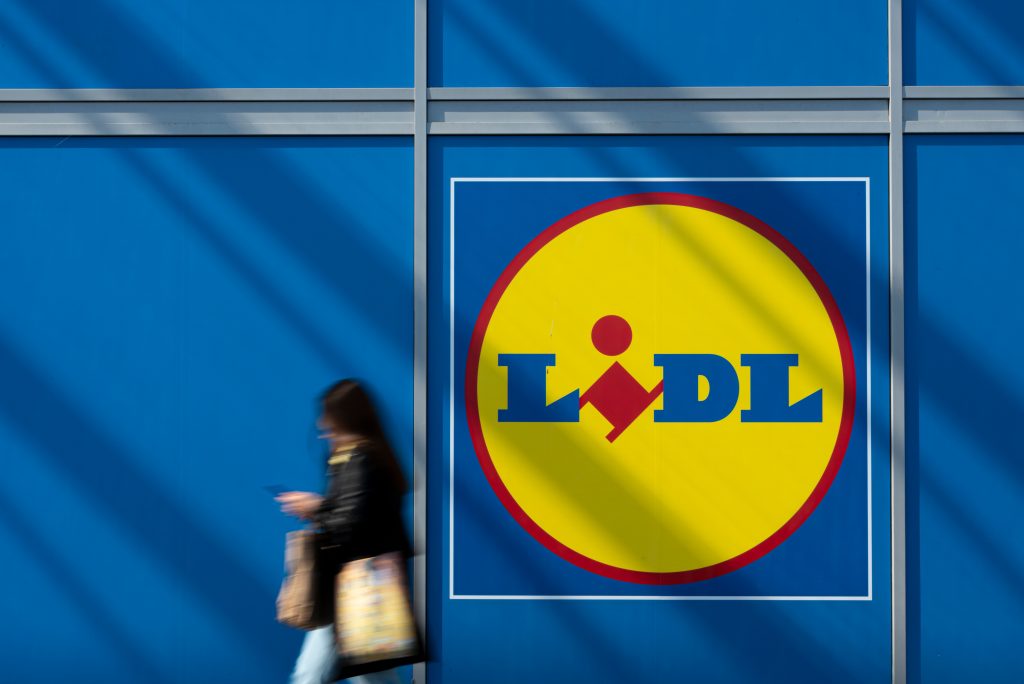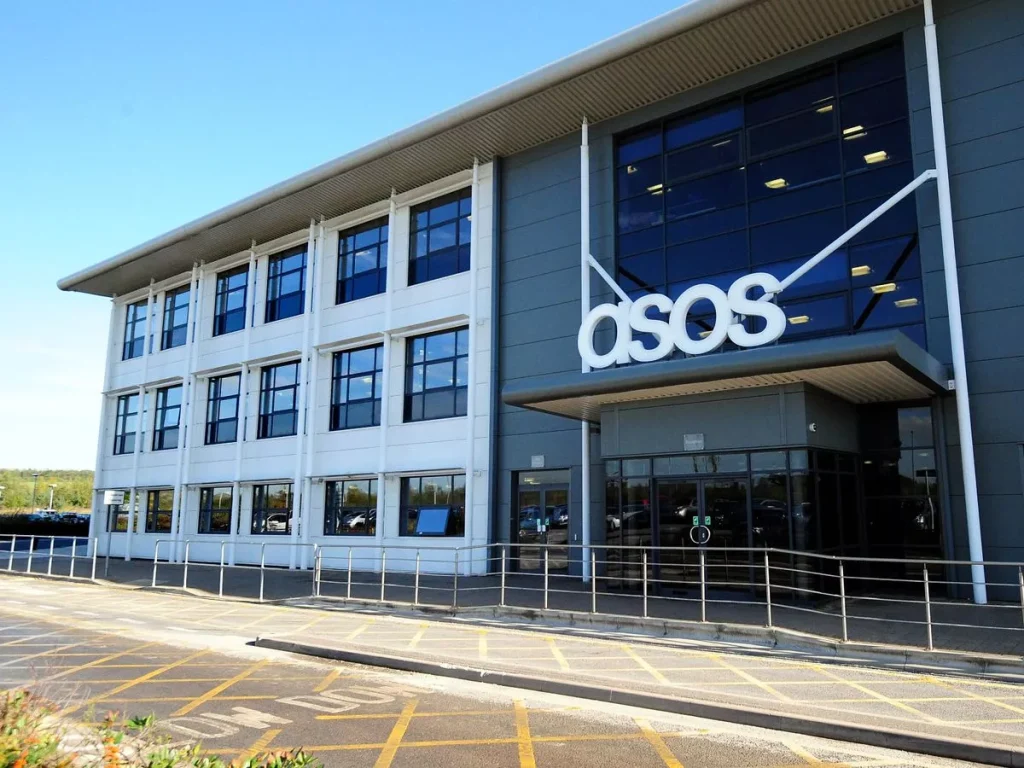Big Data. The latest hot-topic that‘s got software makers, IT consultants and now Marketers worked up into frenzy of big powerpoints and big-promises. The theory goes something like this:
- Collect big data sets – ideally the complete data set (not just a sample) – including both structured and unstructured data.
- Analyse to find causal relationships between data points.
- Create predictive models from these relationships to define engagement models.
So far so good. But how many real-world case studies do you know that are properly delivering on the theory?
Enter Shop Direct. The long established Catalogue retailer that your mum used (Littlewoods and more recently Very & Isme), has migrated its business online and for the first time in ten years has made a profit. Their explanation: mining one of the richest data sets in UK retail and combining it with the consumer‘s platform of choice, mobile. Twelve years of consumer data – properly big, Big Data – means they know their customers better than their competition. They understand not just customers preferred product lines, but optimum pricing, purchase patterns and cross-category purchase triggers. They can tailor the complete online shopping experience accordingly. This is particularly powerful when crafting a mobile commerce experience.
Mobile represented a remarkable 38% of their total online sales in the first quarter of this year. I think this is an unprecedented result for a British retailer. Pretty much everywhere you look mobile is starting to deliver on its own hype. Argos doubling its m-commerce sales, John Lewis predicting this year will be the first ‘mobile Christmas‘ with traffic overtaking desktops on Christmas Day itself and Capgemini reporting flatlining desktop commerce with only mobile growing (at 15 per cent).
The fundamental promise of mobile as a marketing tool is that it shortens the distance between what the user wants and what the brand provides. Despite much of the marketing industry‘s effort to create ‘richer engaging experiences‘ the main aim should be to make it easier for consumers to get to what they desire. More often than not it is convenience that‘s king – not content. Mobile is the key platform through which to provide that convenience.
Knowing your customer used to be at the heart of the retail experience and I am frankly astonished that the high street hasn‘t properly leveraged the rich data available through their online channels. This isn‘t the discredited ‘walk pass a Starbucks and receive an offer‘ model. It‘s about using insight to fundamentally change and improve the real-life shopping experience.There will soon be a new generation of shopper who will quite happily ‘check-in‘ to a store via their mobile as they enter and expect to be rewarded with tailored offers and dynamic pricing. I know one enlightened high street retailer who is rebuilding the in-shop experience with their app at its heart. Personalised offers and loyalty rewards as soon as the customers walks into the shop – and soon frictionless payment via the same app. You can only do that using customer data, insight and mobile.
The key lessons? Make it easier. Get out of the way of your customer. Create interfaces that are intuitive and provide instant gratification. Use data to understand your customers so well you can go some way to predict the choices they will make. Apply this insight across channels and reward them for allowing you to use their data. Build platforms that lend themselves to the real-time analysis and use of data from across customer touch-points. Mobile will then become a key channel both online and in-store.
Ironically it appears that the marriage of the two most hyped developments of our age – Big Data & mobile – is turning into a very happy union indeed.























